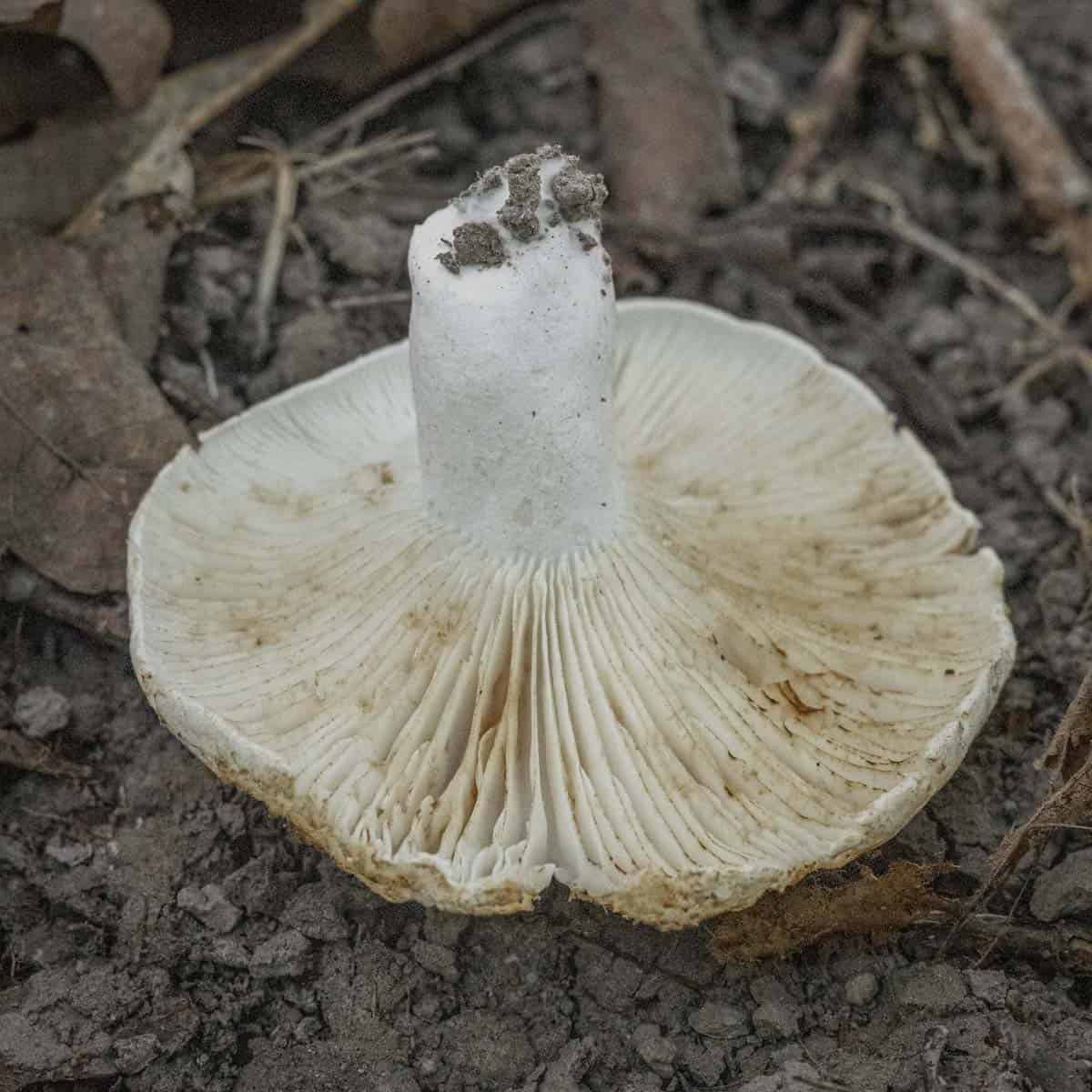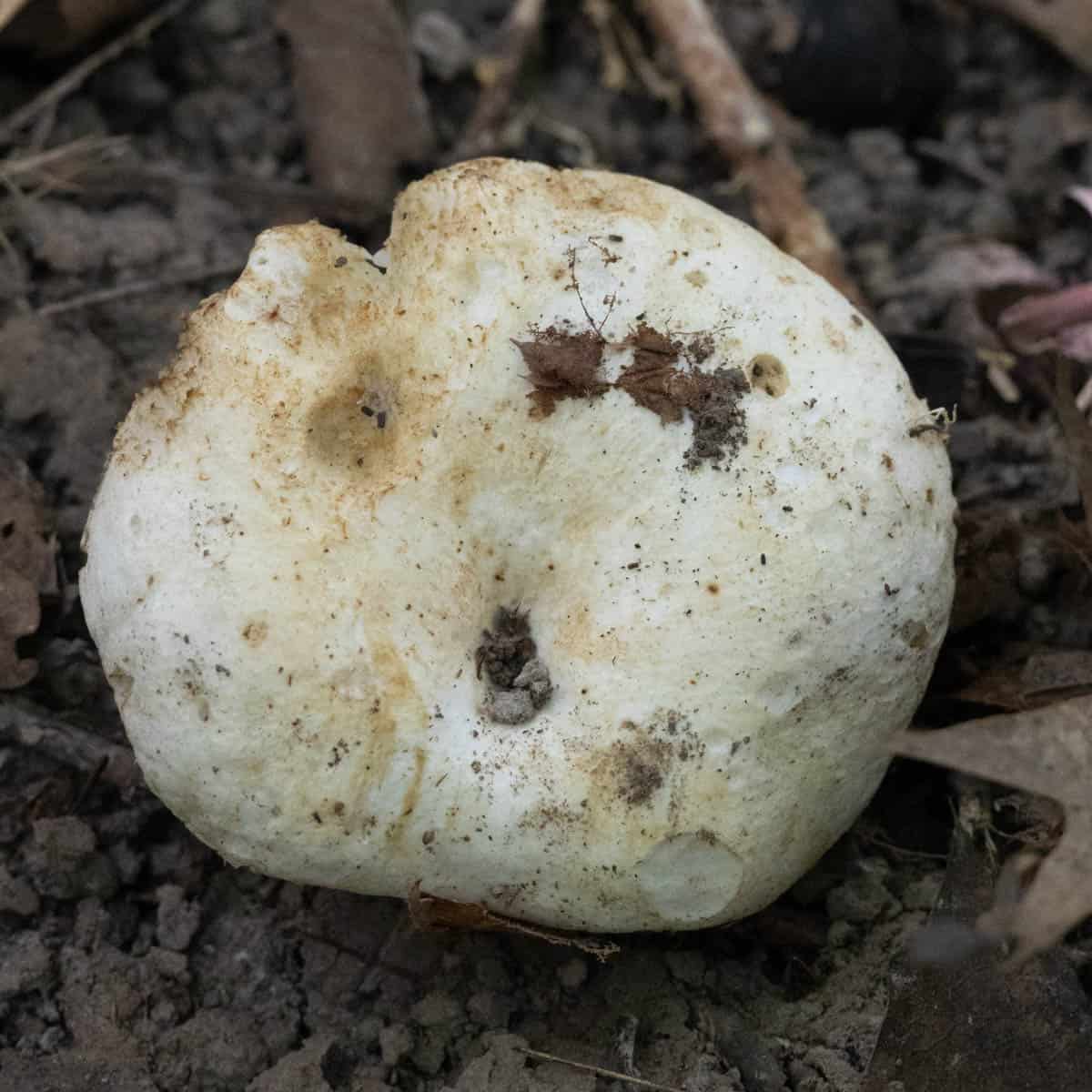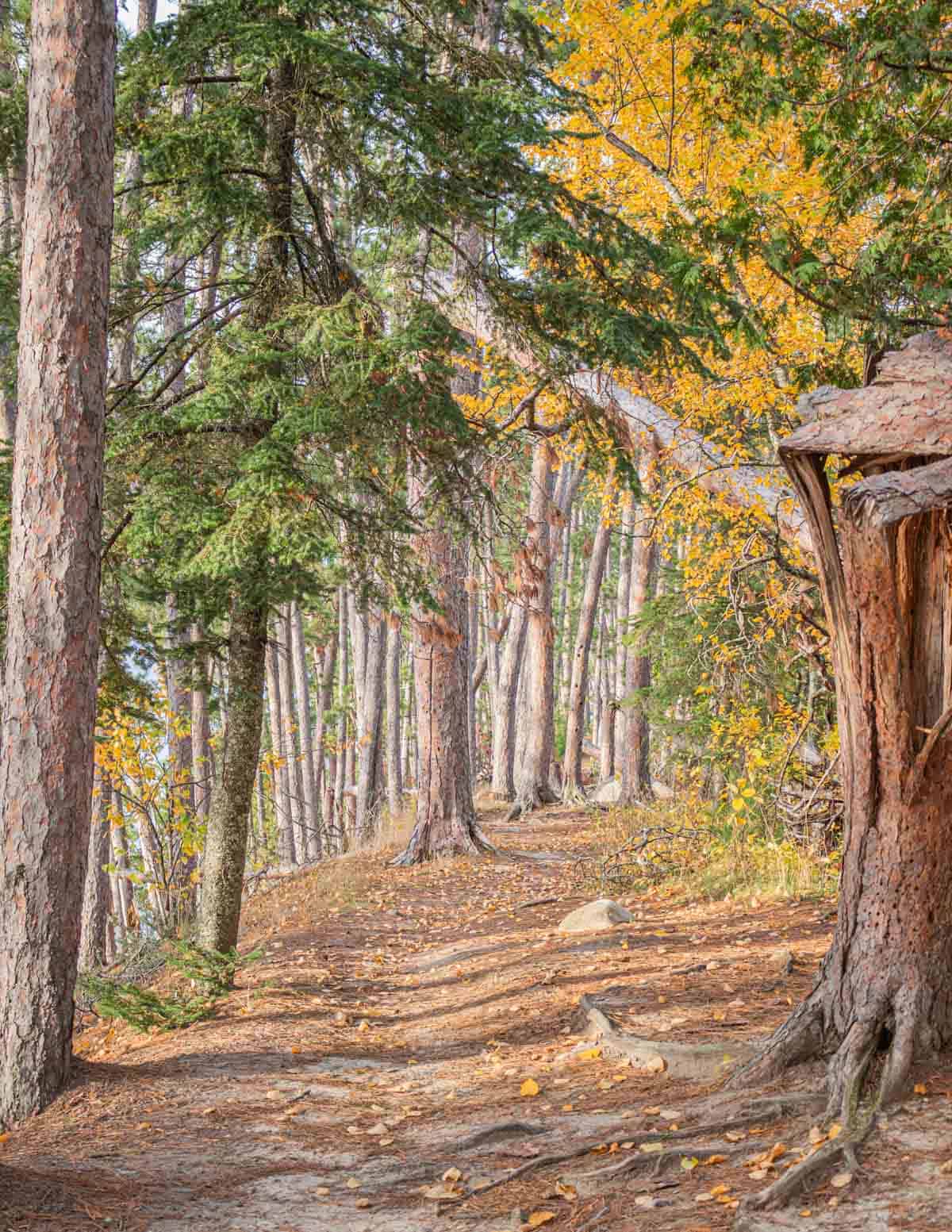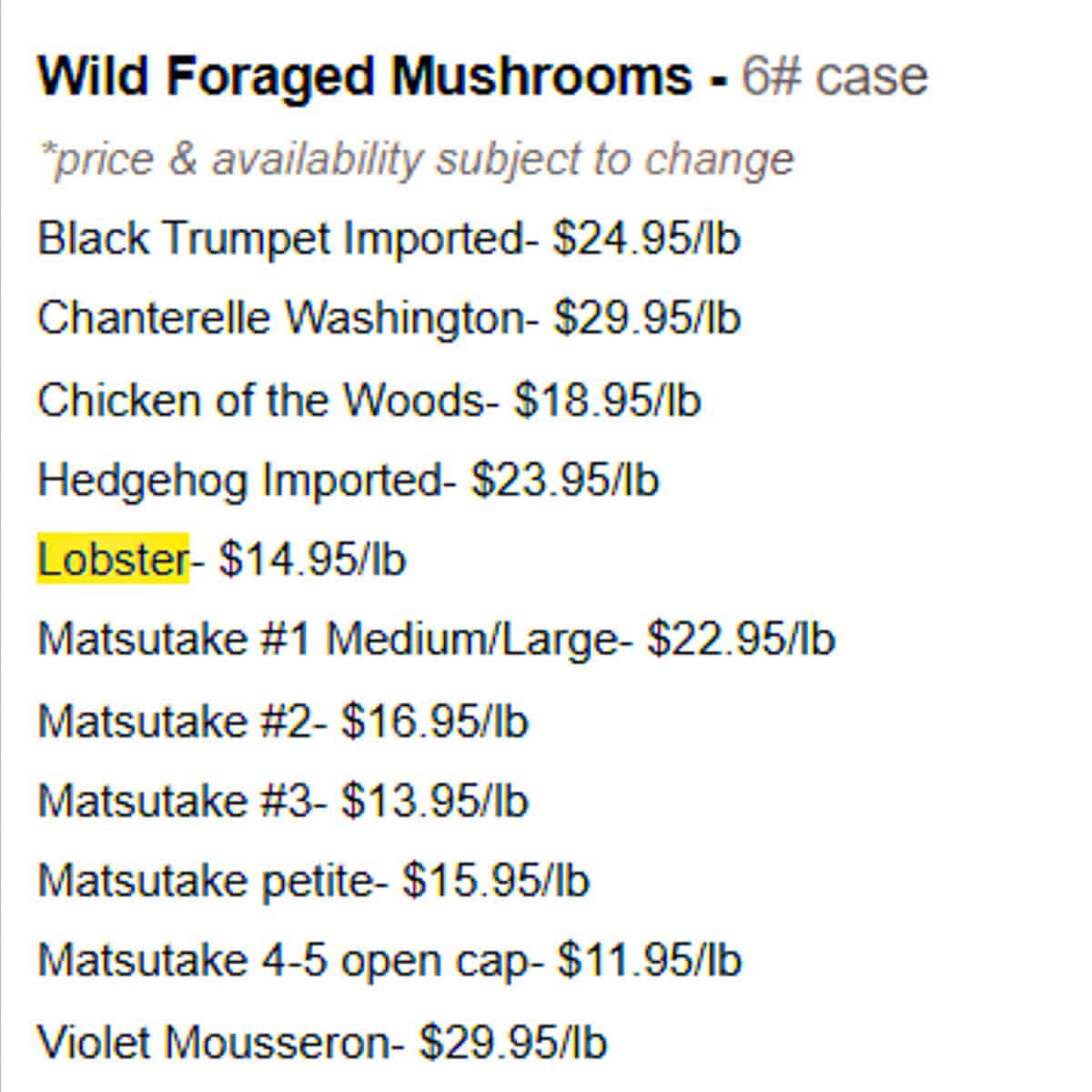Are Lobster Mushrooms Edible? A Complete Guide to Safely Enjoying This Unique Fungus
Lobster mushrooms are one of the most fascinating wild edibles out there. With their bright orange-red coloring and seafood-like aroma, they certainly aren’t your average mushroom. Foragers eagerly seek out these fungal treasures, yet some people hesitate when it comes to eating lobster mushrooms. Are they really safe to eat?
As an avid mushroom hunter and foraging enthusiast, I’m here to tell you that yes, lobster mushrooms are absolutely edible! Not only are they edible, but they are incredibly delicious with a unique texture and flavor. However, there are some important things to know before eating them.
In this article, I’ll explain everything you need to know about safely identifying, harvesting, and enjoying lobster mushrooms. You’ll learn what makes this mushroom so special, from its parasitic nature to its elusive forest habitat. Let’s dive in!
What Exactly Are Lobster Mushrooms?
Lobster mushrooms are not actually a true mushroom species They are the product of a parasitic ascomycete mold called Hypomyces lactifluorum. This fungus infects species of Russula and Lactarius mushrooms, physically transforming them into something entirely new
Through the parasitization process, the infected mushroom turns a vivid orange-red color. Its gills disappear, and the cap and stem merge into one solid mass. The texture becomes dense and firm, reminiscent of cooked lobster shell. Hence, the name “lobster mushroom” was coined based on this fungus’ uncanny resemblance to its crustacean counterpart.
The seafood association doesn’t end with looks either. Lobster mushrooms are said to have a mildly sweet, earthy flavor with a hint of shellfish when cooked, especially when cooked in butter or oil.
- Lobster mushrooms are not an actual mushroom species
- They are created by the parasitic Hypomyces lactifluorum fungus
- This fungus infects Russula and Lactarius mushroom species
- It transforms the host mushroom’s appearance, texture and flavor
Are Parasitic Mushrooms Safe to Eat?
Now you may be wondering, if lobster mushrooms are essentially “diseased” mushrooms, is it safe to eat them?
This is an excellent question. Some wild mushrooms can absorb toxins or develop harmful compounds when parasitized. However, rest assured lobster mushrooms are considered totally edible and safe to eat.
People have been collecting and eating lobster mushrooms for many years without any issues. There are no documented cases of poisoning or toxicity from eating properly identified lobster mushrooms.
Research has shown the Hypomyces fungus almost completely converts the mushroom’s tissues and chemicals into new compounds. Very little of the original mushroom remains after parasitization.
Of course, it’s smart to take basic precautions when eating any wild mushroom:
- Start with a small amount to test for allergies
- Verify mushrooms are not too old or mushy
- Avoid any with mold, bugs or signs of decay
As long as you stick to fresh, firm lobster mushrooms, you can eat them with confidence!
How to Identify Lobster Mushrooms
Since lobster mushrooms grow in the wild, it’s crucial to confidently identify them. Here are the key features:
-
Bright orange-red color – ranges from bright red when young to deeper purple-red in mature specimens
-
Solid, singular form – no separation between cap and stem, no gills
-
Dense, firm texture – flesh should be dense and crisp, not soft or mushy
-
Short and stout – usually 4-8 inches tall with wavy cap edges
-
Lumpy, irregular shape – asymmetrical, often wavy and ruffled cap
-
White interior flesh – inside is bright white, contrasting vividly with the exterior
If you come across a mushroom that checks all those boxes, you’ve likely found a lobster mushroom. They really stand out in the mushroom world.
When and Where Do Lobster Mushrooms Grow?
Lobster mushrooms fruit from summer through early winter, especially after rainfall. But they are most abundant in the fall season.
In North America, they mainly grow in the Pacific Northwest into Canada and throughout New England forests. They also grow in parts of Europe and Russia.
The Hypomyces fungus thrives in cool, temperate conifer forests. Look for them among mossy beds or logs where Russula and Lactarius species grow.
Since lobsters decay quickly after picking, timing is key when foraging. Check the same spots repeatedly, especially after rain. Persistence usually pays off with these fungal treasures.
How to Harvest and Prepare Lobster Mushrooms
Collecting and cooking lobster mushrooms takes some gentle care and finesse:
-
Harvest gently to avoid bruising. Carefully cut or twist off at the base.
-
Clean thoroughly with a brush to remove debris – lobsters love collecting dirt!
-
Transport in a basket or bag, don’t squash.
-
Refrigerate in a paper bag for up to 5 days. Don’t wash until ready to use.
-
Inspect closely and trim any brown or damaged parts before cooking.
-
Saute, roast or pan fry in butter or oil over high heat to bring out the sweet shellfish flavor.
-
Add to pastas, risottos, seafood stews, omelets and more.
-
Use fresh as soon as possible, or dry and reconstitute later. Freezing can make them mushy.
A little lobster mushroom goes a long way. Just a few can elevate an entire dish with their concentrated flavor and hearty texture. Enjoy them ASAP after harvesting for the best taste and texture.
Delicious Ways to Cook Lobster Mushrooms
Beyond basic sautéing, there are so many creative ways to cook lobster mushrooms:
- Lobster mushroom risotto
- Lobster mushroom ravioli or gnocchi filling
- Addition to seafood chowders and bisques
- Flatbreads, bruschetta or pizza topping
- Lobster mushroom mac and cheese
- Lobster mushroom fritters
- Fried lobster mushroom “bacon”
- Pureed into a creamy lobster mushroom sauce
- Pickled or marinated lobster mushrooms
Let your creativity fly with these fascinating fungi! Just be aware their bright color fades to a softer pink when cooked.
Lookalikes to Avoid
There aren’t many lookalike mushrooms that could be confused for a lobster. Their unique parasitized form sets them apart.
However, watch out for these imposters:
-
Jack O’ Lantern mushrooms – poisonous lookalikes that can grow reddish-orange with true gills
-
Red chanterelles – edible but with ridges instead of gills, and much taller/thinner
-
Red Russula caps – edible but won’t have lobster mushrooms’ dense unified shape
When in doubt, verify your mushroom has all the characteristics of a true lobster mushroom. And never eat any wild mushroom you can’t fully identify!
The Verdict: Are Lobster Mushrooms Worth Eating?
For avid mushroom foragers, stumbling upon lobster mushrooms is like finding edible gold! Their complex flavor, seafood essence, and glow-in-the-dark orange color are true forest treasures.
Beyond their uniqueness, lobster mushrooms are a joy to cook and eat. Their substantial texture holds up sensationally in numerous dishes and cooking methods. A touch of butter or oil draws out even more of their natural umami richness.

How To Cook With Lobster Mushrooms
The first step in cooking with lobster mushrooms is to clean them, which can be difficult thanks to the intricate folds and concave cap that make up the mushroom. The best way to clean them is by using a dry brush or vegetable brush to knock off any dirt. They can also be gently cleaned with a damp paper towel; just be careful when doing this so the color isnt rubbed away. Depending on how dirty the mushrooms are, it may be necessary to break them apart in order to really remove the debris.
Once clean, lobster mushrooms can be cooked much like any other mushroom. Cut the mushrooms into chunks or use whole, depending on the size of the lobster mushroom and what its being used for. Mushrooms are best cooked on high heat quickly with olive oil or butter, either by sautéing, roasting, or pan frying. It takes about five to ten minutes to pan fry a mushroom, depending on size. Often the orange hue dulls while cooking, especially when cooked for longer periods of time. The liquid leftover from cooking lobster mushrooms does retain some of the red color, and can be used in the dish to add flavor and color to the final meal.
While lobster mushrooms can be eaten raw, they taste better when cooked. The heating process releases those unique seafood nuances. Dried lobster mushrooms can also be used in cooking, and many find this version of the food to pack even more umami-filled, crustacean-like flavors. When dealing with dried mushrooms, soak in water before cooking. Dried mushrooms are best when chopped up in put into sautés, fillings and soups. Use lobster mushrooms anywhere a subtle taste of the sea is needed, without actually putting shellfish in the dish.
:max_bytes(150000):strip_icc()/JamesMahan-7f53c9187e1041feae062ca6c35d0c2f.jpg)
:max_bytes(150000):strip_icc()/KitchenM-26bf848f0739404f9c379dc67778d416.jpg)
:max_bytes(150000):strip_icc()/BruceBlock-9a8a1f01a18c4103abacbaa7b8932763.jpg)
:max_bytes(150000):strip_icc()/EricaMcCaig-6f8378d64b91409a81648591b22d7ac1.jpg)
:max_bytes(150000):strip_icc()/JamesMahan2-845dd4b05fde4e8e9e48987226c4968d.jpg)
Where to Find Lobster Mushrooms
To find wild lobster mushrooms, you need to find places where Russula or Lactarius mushrooms grow. In the Midwest, lobsters grow in mixed woods. A good trick is to look for large, white mushrooms like Russula brevipes and Lactarius piperatus since they make the best host mushrooms.


In Northern Minnesota, I find them in mixed woods with birch, aspen and red pine. In Southern Minnesota they like mixed hardwood and oak forests.

In the Midwest, lobster fungi season will start around mid summer (late July-August) and can go through September. In the Pacific Northwest where they may grow with Ponderosa pine, the season will go longer into November. Theyre sold commercially in the fall.


Foraging Lobster Mushroom
FAQ
Are lobster mushrooms safe to eat?
Are Lobster Mushrooms Poisonous? No, but, like other mushrooms, some people are allergic to them and experience intense nausea, vomiting and diarrhea a few hours after ingestion. Lobsters are also said to contain some iodine, which could account for some of the fishy aroma.
Do lobster mushrooms have poisonous look alikes?
There are no mushrooms that look like lobster mushrooms. As such, there are no poisonous lookalikes for lobster mushrooms.
How do you cook a lobster mushroom?
Lobster mushrooms are easy to cook. A simple sautee in butter or olive oil works well. Like any mushroom, they should be cooked all the way through. I sauteed these in a little olive oil. I then roasted them in the oven for 10 minutes at 350F degrees, to make them crispy on the outside.
What does the lobster mushroom taste like?
I’ve read that they taste like lobster, but I’d describe the flavour more like the love child of a scallop and a mushroom: mild, slightly sweet and umami-rich.Aug 6, 2024
Are lobster mushrooms edible?
Lobster mushrooms are one of the most intriguing wild edibles out there. With their bright red-orange coloring and seafood-like flavor they aren’t your typical mushroom. Foragers eagerly seek out these fungal gems yet some people hesitate to eat lobster mushrooms. Are they really edible and safe?
Is sulphur shelf mushroom edible and what does it taste like?
Yes, sulphur shelf mushrooms are edible. But some may face gastric issues. It has a lemony and meaty taste. It is also commonly known as chicken of the woods. Sulphur shelf mushroom is an excellent replacement for meat in terms of taste and texture.
How do I know if my Lobster mushrooms are edible?
Identify the host mushroom: If possible, find other mushrooms in the area to help you determine what species was parasitized to become lobsters. If you find a number of russula or lactarius mushrooms in the area, there’s a good chance that your lobster mushrooms began as russula or lactarius and, thus, are edible.
Is a lobster mushroom a real mushroom?
A lobster mushroom (Hypomyces Lactifluorum) is not a real mushroom, but rather a mold or parasitic fungus that lives and feeds on the host mushroom. It transforms and changes the appearance and taste of Short-stalked White Russula (Russula brevipes) and Peppery Milky (Lactarius piperatus).
Are lobster mushrooms poisonous?
There are no documented cases of poisoning or toxicity from eating properly identified lobster mushrooms. Research has shown the parasitic Hypomyces fungus almost completely converts the mushroom’s tissues and chemicals into new compounds. Very little of the original mushroom remains at the end of the process.
